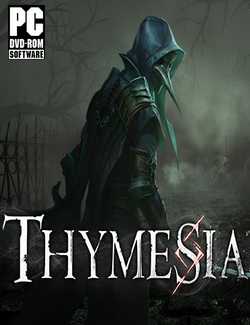


To get a permanent second weapon, players will need shards to unlock these secondary weapons. The bonus is that these don’t use your special meter, but they are single use. Similar to the prosthetics in Sekiro, each drawn weapon has a unique attack to it. If they have an axe, or halberd, you get a different attack. So, if they’ve got a knife, Corvus gets a single, special attack. A charged attack will not just hit, but will absorb the type of weapon an enemy is using. Set to the default “charge” attack of R2, this special attack has a secondary function. The other draw of the combat is Corvus’ Nero-style claw ability. It looks cool, for one, and rewards charging into danger for results. There’s a dodge skill akin to the Mikiri counter in Sekiro: dodging into a certain attack will vault Corvus above for a drop slash. Parrying just doesn’t feel worth the effort, resulting in more damage for your troubles.Ĭertain skills (which we’ll get to) allow some sweet-looking counters, too.

My preference, as I like Bloodborne over Dark Souls, is dodging about and striking, like a mosquito with a vendetta. There’s a blocking/deflection mechanic, but the timing is fiddly and can accidentally be locked out. However, some attacks/combos don’t interrupt enemy attacks, so you can still take damage whilst attacking. So flurrying combinations is key, becoming a whirling dervish of death when possible. Armed initially with a sword and dagger for combos, Corvus doesn’t have the handicap of a stamina bar to hold him back. Well, at least mostly.Ĭombat is quick, and favours dodging over deflection for the most part. Some imitators confuse challenge with “ridiculously hard enemies” and thankfully, Thymesia doesn’t fall into that trap. Story aside, the main draw with games of this ilk is the combat. Given that Thymesia means “memory” in Greek (I didn’t know this, by the way) it’s pretty on the nose in terms of framing devices. You, the player, are trying to find out why he’s this way, who he works for (or was ordered by), and why a little girl named Aisemy keeps talking in bloody riddles at you. This is where the protagonist Corvus comes in, plague doctor mask and swishy cape in tow. It’s making people violent, ravaging the land and basically, bad for business. It’s fungal, by the looks of it, causing similar parasitic tendencies like the Cordyceps one (or at least the fictionalised kind akin to The Last of Us). There’s a plague, but this one isn’t blood-derivative. But I will give more than the game initially does. In that regard, I won’t give away too much. Half the battle is finding out why you’re persisting, so for me to give it all away removes the incentive to do so. The problem with reviewing a game like this, or any Souls, is not wanting to spoil the story. So, without further ado, let’s see if OverBorder Studio has done a decent job, or made something forgettable… The Darkest Of Times Heck, protagonist Corvus even has a cape too, just for imitation points. But whilst that sounds like derision, it’s actually welcome to see this angle over a “standard Dark Souls template”. Thymesia, in that regard, is no different, but at least it’s aiming for the Bloodborne’s crown rather than the one atop Dark Souls’ head.Ī dark and decimated land, a horrible plague twisting the citizens, paired with fast combat that relies more on attack than parrying it’s got all of the hallmarks. Yet whilst most copycats follow the standard Dark Souls template, there is hope that one of the other FromSoftware stables will get raided. But does it leave a lasting memory? The Finger Guns review:Īnother day, another imitator aiming for the Soulsborne crown. A grim, dark fantasy hack-and-slash very blatantly wearing its influence on its sleeve, Thymesia is still an entertaining challenger.


 0 kommentar(er)
0 kommentar(er)
